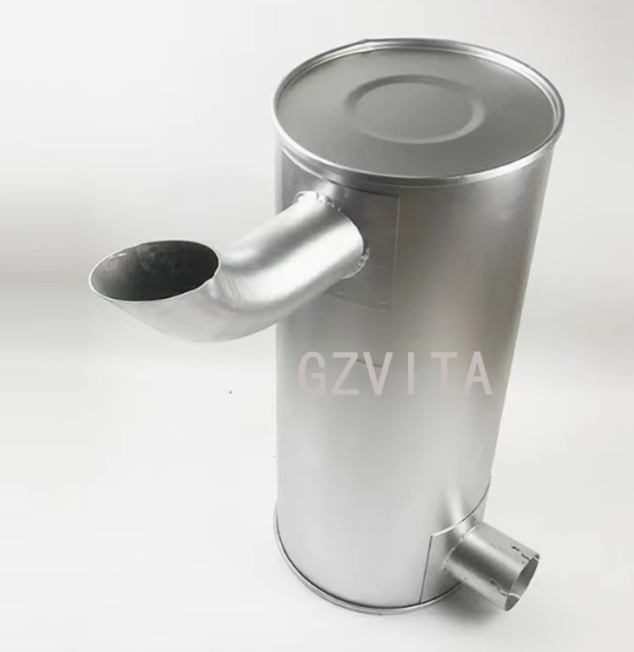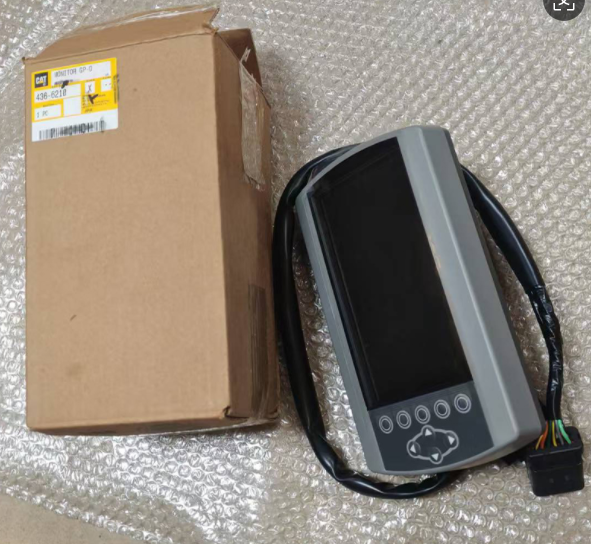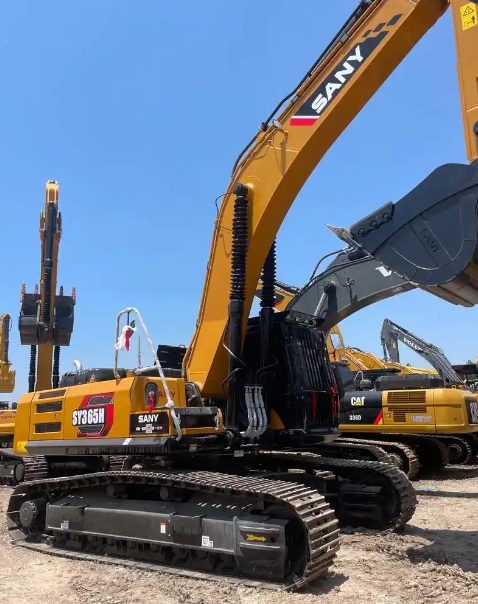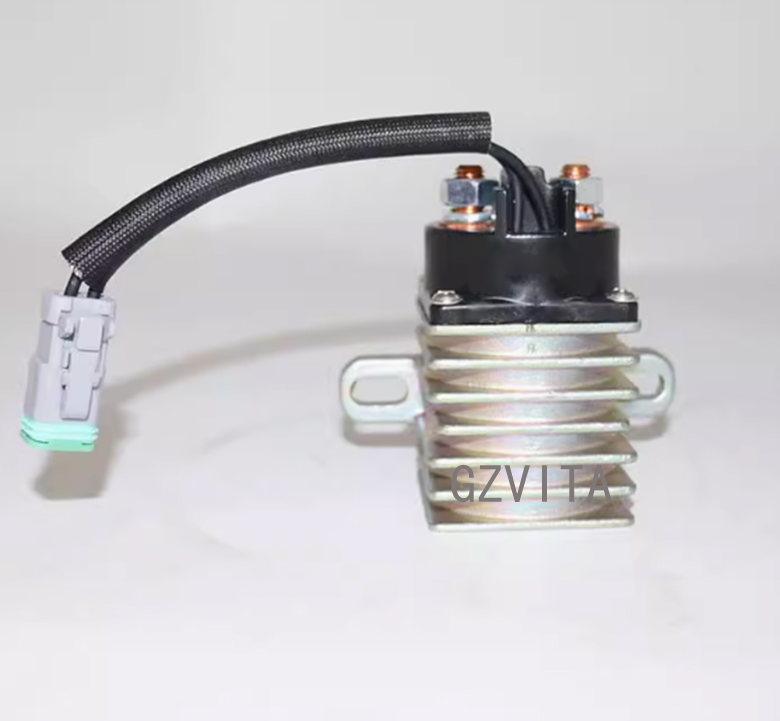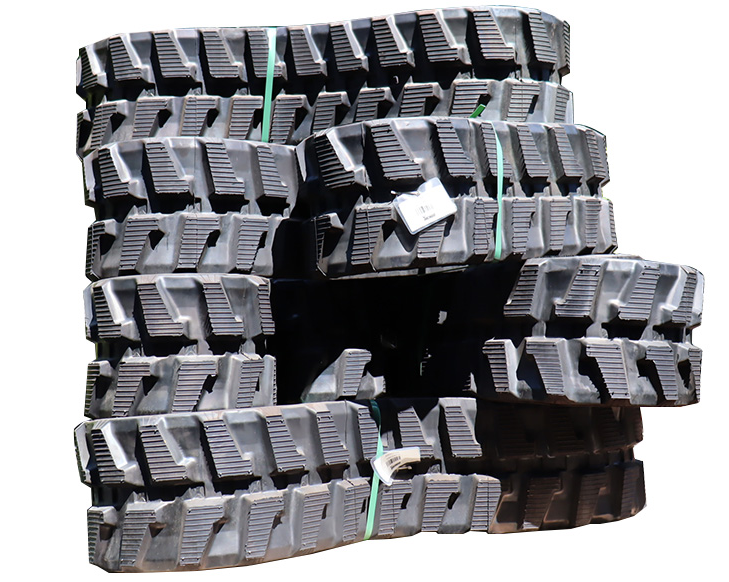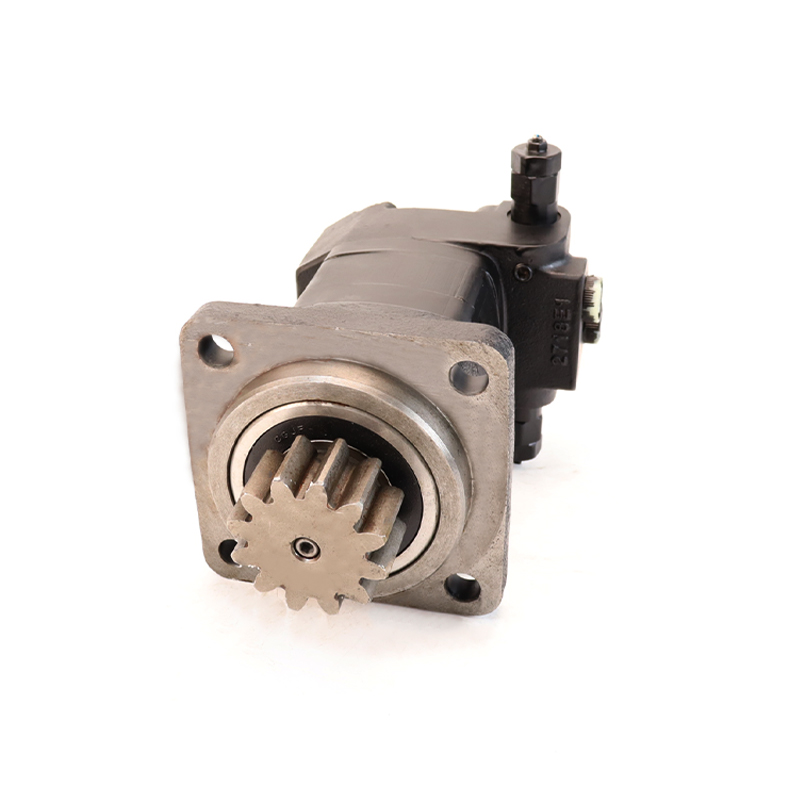 +86 13794985240
+86 13794985240 Advantages of Rubber Pads on Excavator Track Links
Reduced Ground Damage:
Rubber pads minimize the impact on sensitive surfaces, such as asphalt or concrete, reducing the risk of damage during operation. This is particularly important in urban environments or on finished surfaces.
Improved Traction:
The rubber material provides better traction on various surfaces, enhancing the excavator’s stability and control, especially on slippery or uneven terrain.
Noise Reduction:
Rubber pads help to dampen noise generated during operation, making the excavator quieter. This is beneficial in residential areas or noise-sensitive environments.
Vibration Absorption:
Rubber pads absorb vibrations, which can lead to a smoother operation and reduced wear on the machine and operator fatigue.
Versatility:
Rubber pads can be easily installed or removed, allowing for quick changes depending on the job requirements. This adaptability makes them suitable for various applications, from construction to landscaping.
Less Wear on Tracks:
By providing a softer surface, rubber pads can reduce wear on the metal track links, potentially extending the lifespan of the tracks.
Cost-Effective:
While rubber pads may have an initial cost, they can save money in the long run by reducing wear and tear on the machine and minimizing the need for repairs or replacements.
Enhanced Safety:
The rubber surface provides better grip, reducing the likelihood of slipping or sliding, which enhances safety for operators and workers on-site.
Environmental Considerations:
Using rubber pads can be more environmentally friendly, as they reduce the disturbance to the ground and minimize the need for repairs to damaged surfaces.
Conclusion:
Rubber pads on excavator track links provide a range of benefits that enhance the performance and safety of the machine while protecting the work environment. They are a valuable addition for operators looking to optimize their equipment for various job sites and conditions.



